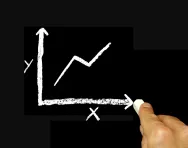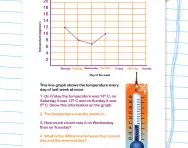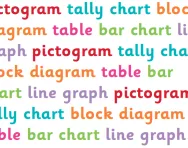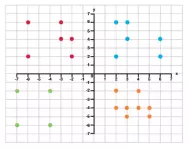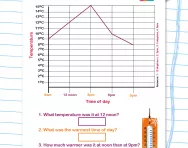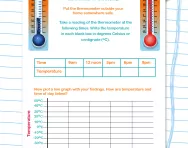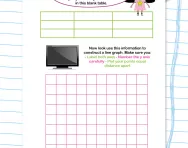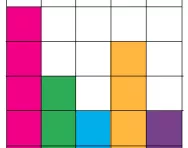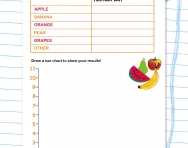Important update from TheSchoolRun
For the past 13 years, TheSchoolRun has been run by a small team of mums working from home, dedicated to providing quality educational resources to primary school parents. Unfortunately, rising supplier costs and falling revenue have made it impossible for us to continue operating, and we’ve had to make the difficult decision to close. The good news: We’ve arranged for another educational provider to take over many of our resources. These will be hosted on a new portal, where the content will be updated and expanded to support your child’s learning.
What this means for subscribers:
- Your subscription is still active, and for now, you can keep using the website as normal — just log in with your usual details to access all our articles and resources*.
- In a few months, all resources will move to the new portal. You’ll continue to have access there until your subscription ends. We’ll send you full details nearer the time.
- As a thank you for your support, we’ll also be sending you 16 primary school eBooks (worth £108.84) to download and keep.
A few changes to be aware of:
- The Learning Journey weekly email has ended, but your child’s plan will still be updated on your dashboard each Monday. Just log in to see the recommended worksheets.
- The 11+ weekly emails have now ended. We sent you all the remaining emails in the series at the end of March — please check your inbox (and spam folder) if you haven’t seen them. You can also follow the full programme here: 11+ Learning Journey.
If you have any questions, please contact us at [email protected]. Thank you for being part of our journey it’s been a privilege to support your family’s learning.
*If you need to reset your password, it will still work as usual. Please check your spam folder if the reset email doesn’t appear in your inbox.
What is a line graph?
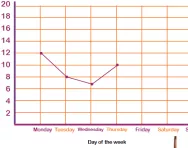
What is a line graph?
A line graph is used to display information which changes over time. It is plotted on a graph as a series of points joined with straight lines.
Children start looking at line graphs in Years 4 and 5. They then need to be able to construct them in Year 6. Often this learning is linked with science, where children may carry out investigations which can then be presented as line graphs (for example, temperature changes over time).
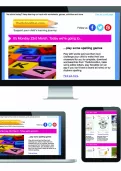
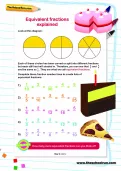
Boost Your Child's Learning Today!
- Start your child on a tailored learning programme
- Get weekly English & maths resources sent direct to your inbox
- Keep your child's learning on track
How to draw a line graph
If a child was creating a graph like the one above, they would need to:
- Remember that the general rule is that time goes along the horizontal axis.
- Look at what their highest temperature was and make sure that the y axis (the vertical axis) went up as high as this number.
- Make sure that there was an equal number of squares in between each number on the y axis.
- Make sure that they started the y axis at 0.
- Think about the x axis (horizontal axis) and how many minutes needed to be shown along here.
- They would again need to make sure that there were an equal number of squares between each number.
- The children would then look at the temperature taken after each minute and plot these points on the graph by marking them with an x.
- They would then join all the xs with llines drawn with a ruler.
Children in Years 5 and 6 may be asked to answer questions on a line graph where the answer cannot be worked out exactly and an estimate needs to be made. This means they need to think carefully about the numbered points on the axes and what numbers might be in between them.

